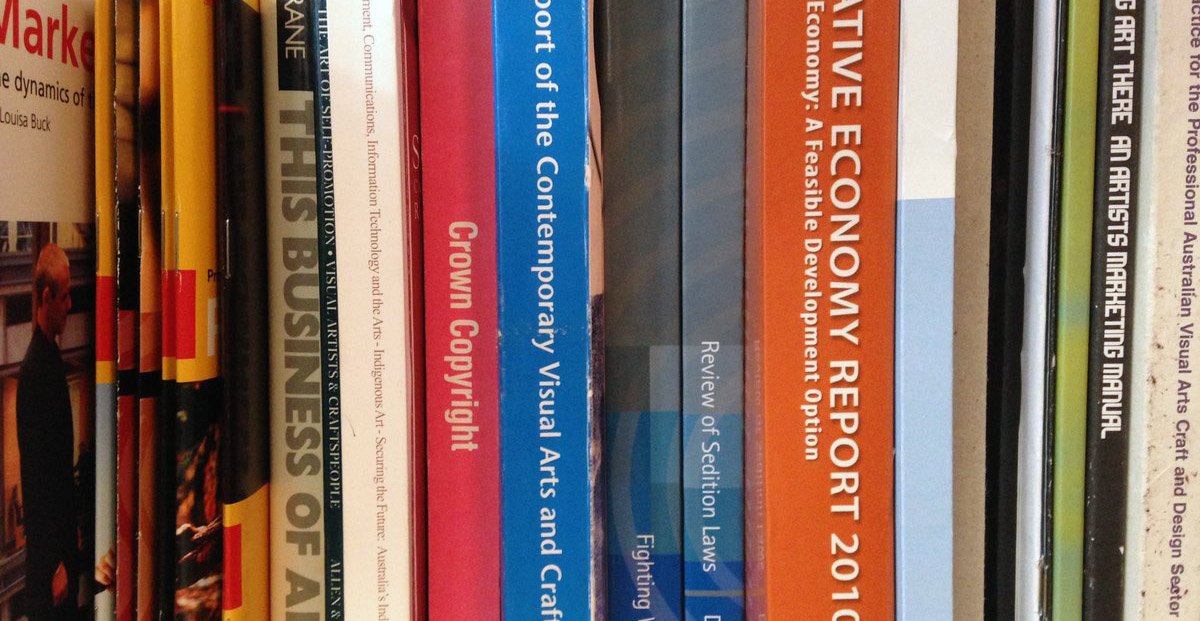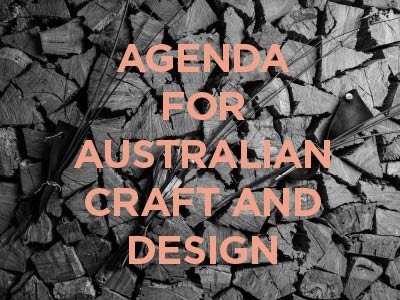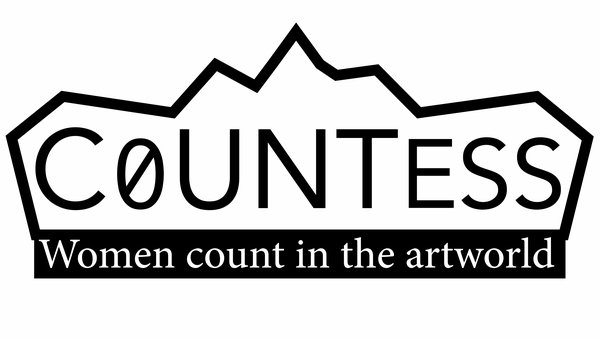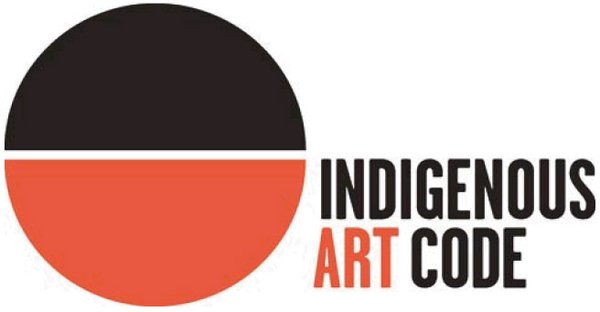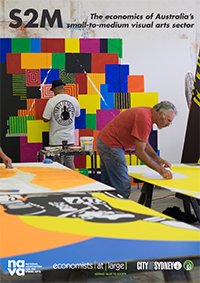The National Association for the Visual Arts (NAVA) acknowledges the Gadigal, Wangal, Dharug, Dharawal, Kaurna, Ngunnawal, Ngambri and Dja Dja Wurrung peoples as the Traditional Custodians and knowledge-holders of the unceded lands on which we live, learn and work.
The NAVA community is based across hundreds of sovereign nations and unceded lands throughout the continent that has become colonially known as Australia. NAVA pays our deepest respects to all Custodians of Country to whom these lands belong.
We acknowledge Aboriginal and Torres Strait Islander peoples as the first artists and storytellers on this continent, and pay our respects to Elders past, present and future.
Sovereignty was never ceded. Always was, always will be Aboriginal land.
